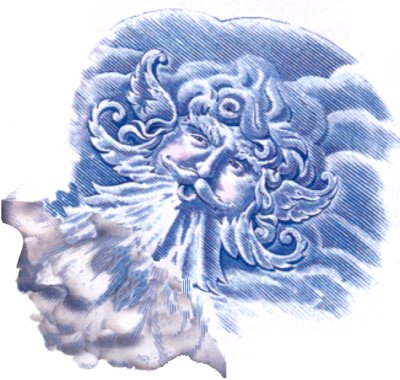I’m excited that there a couple of guest posts coming. I’ll be posting one in the next couple of days and then the second will be next week some time. But in the meantime…I’ve been researching mariner and sailing lingo for a leadership development project I’ve been working on with my dad. Down the road, I’ll probably post some of the fruits of what we’re working on in a more final form, but over the next couple months I’ll be submitting many posts that flow from some of the concepts related to sailing the seas and the life of a mariner.
If you’re into sailing or have historical knowledge of this field feel free to help refine the metaphors. Here’s the first of many posts to come…One of the terms that I really found fascinating and helpful as it relates to leadership development is known as an “apparent wind.”
 Wikipedia breaks it down here,
Wikipedia breaks it down here,
“In sailing, the apparent wind is the actual flow of air acting upon a sail. It is the wind as it appears to the sailor on a moving vessel. It differs in speed and direction from the true wind that is experienced by a stationary observer. In nautical terminology, these properties of the apparent wind are normally expressed in knots and degrees.”
An “Apparent wind” is the combination of whatever true wind there is and the increased feeling of resistance from the forward motion of the vessel. The wind isn’t any stronger, but one feels more wind resistance because you’re going into the resistance.
As I see it, true wind is circumstantial and is what you experience even if you were standing still, or if your “ship” is anchored in harbor. The resistance and change that is going on in the culture and society or even in the immediate community might be experienced as “true wind” because it’s felt regardless of leadership action. You’re feeling a resistance, change, and wind that is not connected to anything that you are doing or that your organization or community is doing. Even if you aren’t attempting to lead anywhere, you’ll still feel some measure of resistance and the winds of change because there’s a bigger world that is constantly moving and changing.
With an apparent wind, the wind resistance feels more intense and there’s more pressure because you’re actually trying to go somewhere. You’re feeling all the resistance that a passive community and leadership culture might experience, plus whatever resistance is added just by the effort to be proactive and step out of the status quo. And we all know how much people like to move from the status quo to the unknown.
So leadership needs to be mindful of both the reality of true wind resistance as well as the resistance of an “apparent wind” to maintain hope and perspective and not be discouraged by the challenges that come with leading into the wind.
Leaders should remember that when they’re really leading – the wind isn’t any stronger, but the experience is. The experience is stronger and more difficult because you are attempting to actually do something as opposed to becoming a passive recipient of the effects of the true wind.
If you’re not experiencing an “apparent wind” then you’re probably not leading – the elements are acting upon you all the while you could be leading into the wind. A lot of things get set in motion when you decide to actually move, many of which are challenging and difficult. Leaders have a choice – stay in the harbor where it’s safer or hit the seas where you can live out what you were made for.
For more on this phrase: http://en.wikipedia.org/wiki/Apparent_windWhat are the signs to you of an “apparent wind’ vs. the true wind around you? How do you tell the difference in your own context? How do you prepare to lead into increased resistance?
